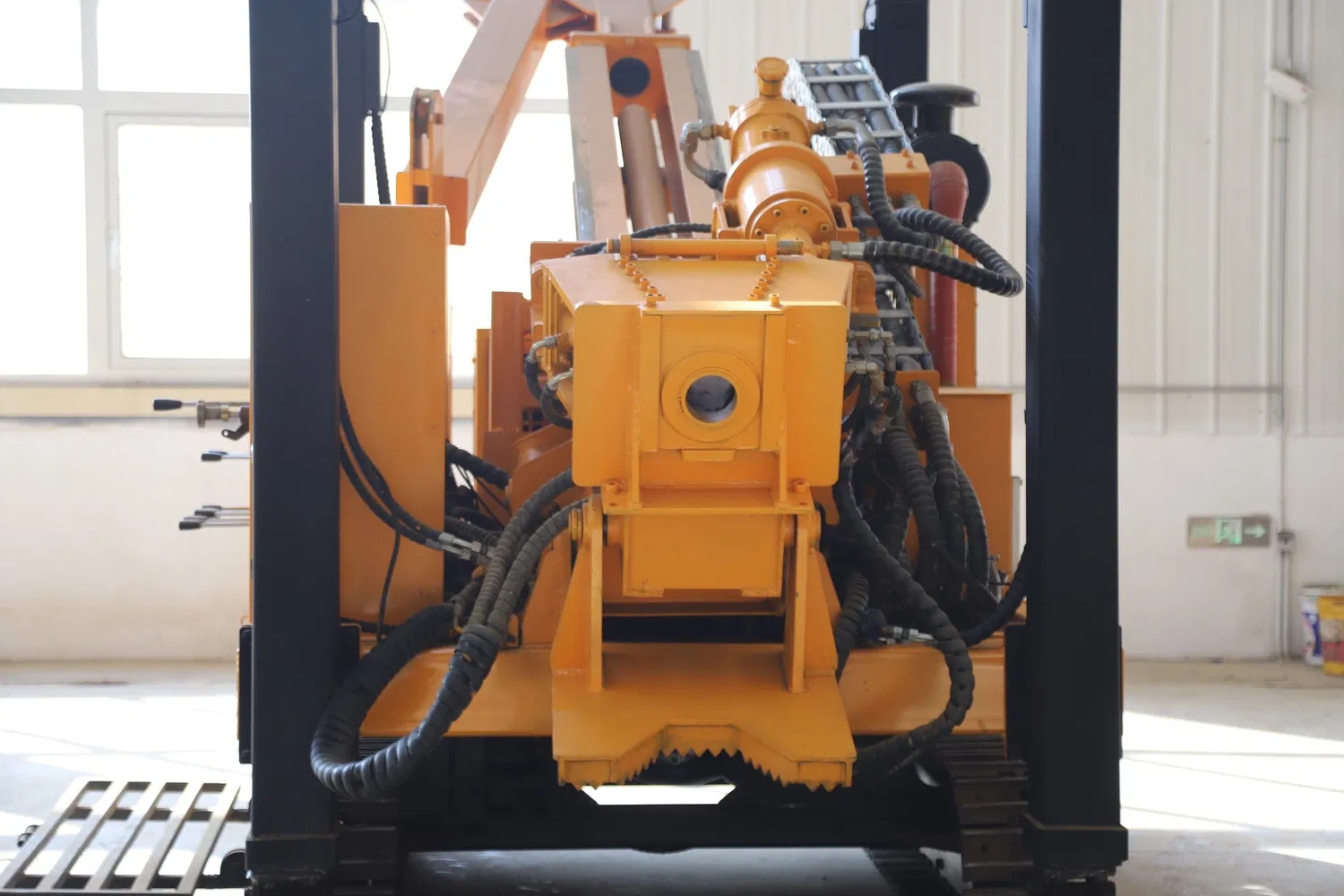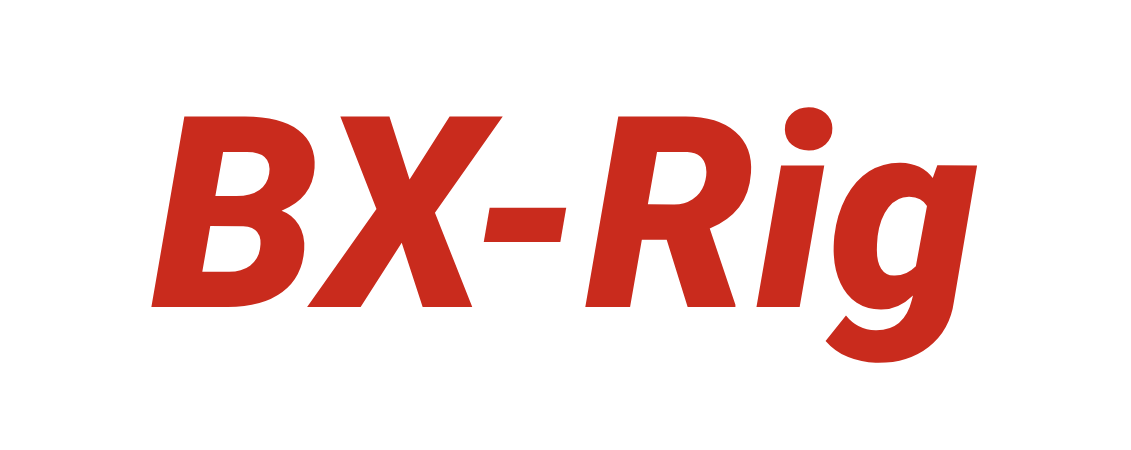Drill bit wear and maintenance caused by operational errors-water well drilling rig
Operator errors play a key role in drill bit wear during rig operations. At the hole-starting stage, slamming the rig to high speed with excessive pressure before the bit stabilizes can cause violent impacts, cracking alloy teeth or damaging the bit body. During drilling, forcing through hard rocks with high pressure and speed overloads the bit beyond its design limit, accelerating wear drastically. When a stuck drill occurs, brute force extraction not only damages the bit from sudden tensile stress but can also twist or break the drill pipe.

To avoid such mistakes, start drilling at low speed with gentle pressure, letting the bit cut into the formation slowly. Monitor drill pipe verticality closely—if deviation exceeds 1 degree, stop immediately to adjust for initial stability. When encountering hard formations, use low gear with intermittent tripping: after every 0.5 meters of drilling, trip the bit for 10 seconds to clear cuttings, preventing debris buildup that increases torque and overloads the bit. For a stuck drill, never pull forcefully; instead, reverse the bit 2 turns to release torque, inject water to soften the formation, then gently rock the drill pipe to lift the bit slowly.
Буровая установка для бурения скважин на воду
Daily maintenance must include operator training to enhance skills and safety awareness, cutting wear from errors at the source. After each operation, inspect the bit for damage like chipped teeth or cracks from improper handling. Regularly maintain and calibrate the rig’s control system to ensure precise operation. With standardized operation and thorough equipment checks, bit wear from human error can be greatly reduced, safeguarding smooth drilling.water well drilling rig
If you face challenges in rig operation—like how to control drilling speed precisely—feel free to discuss them with me.
 Буровая установка Bangxin
Буровая установка Bangxin